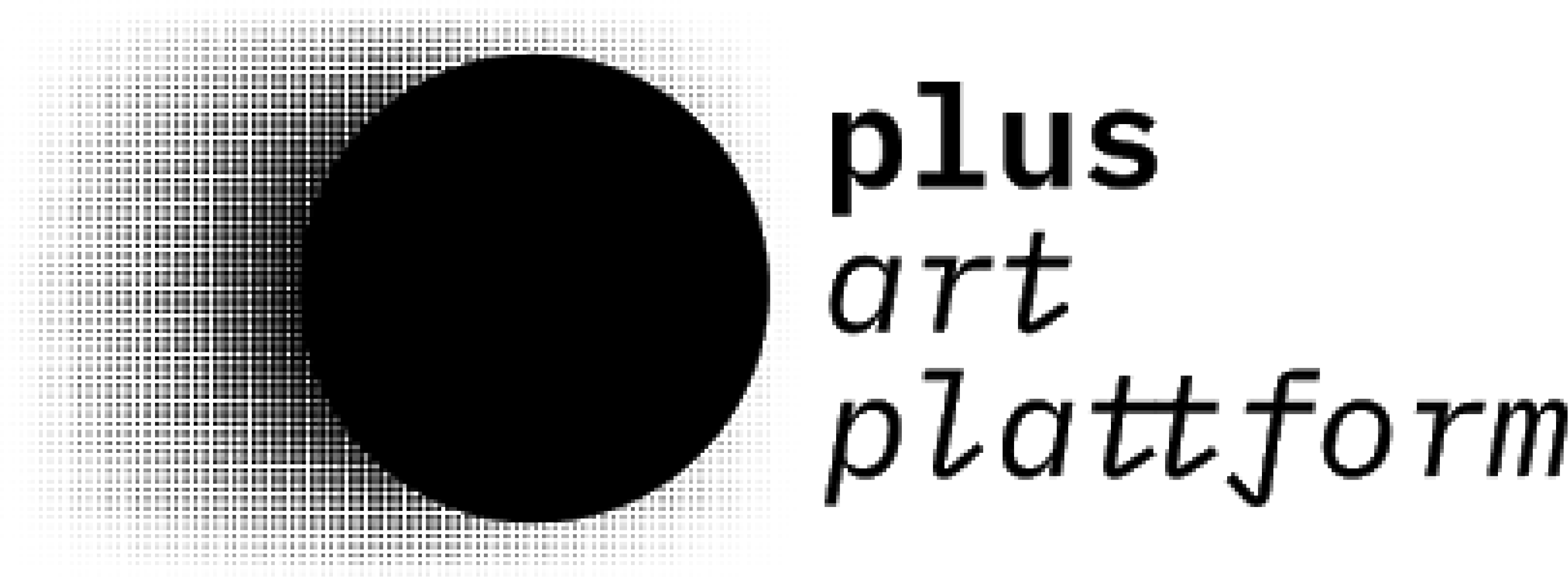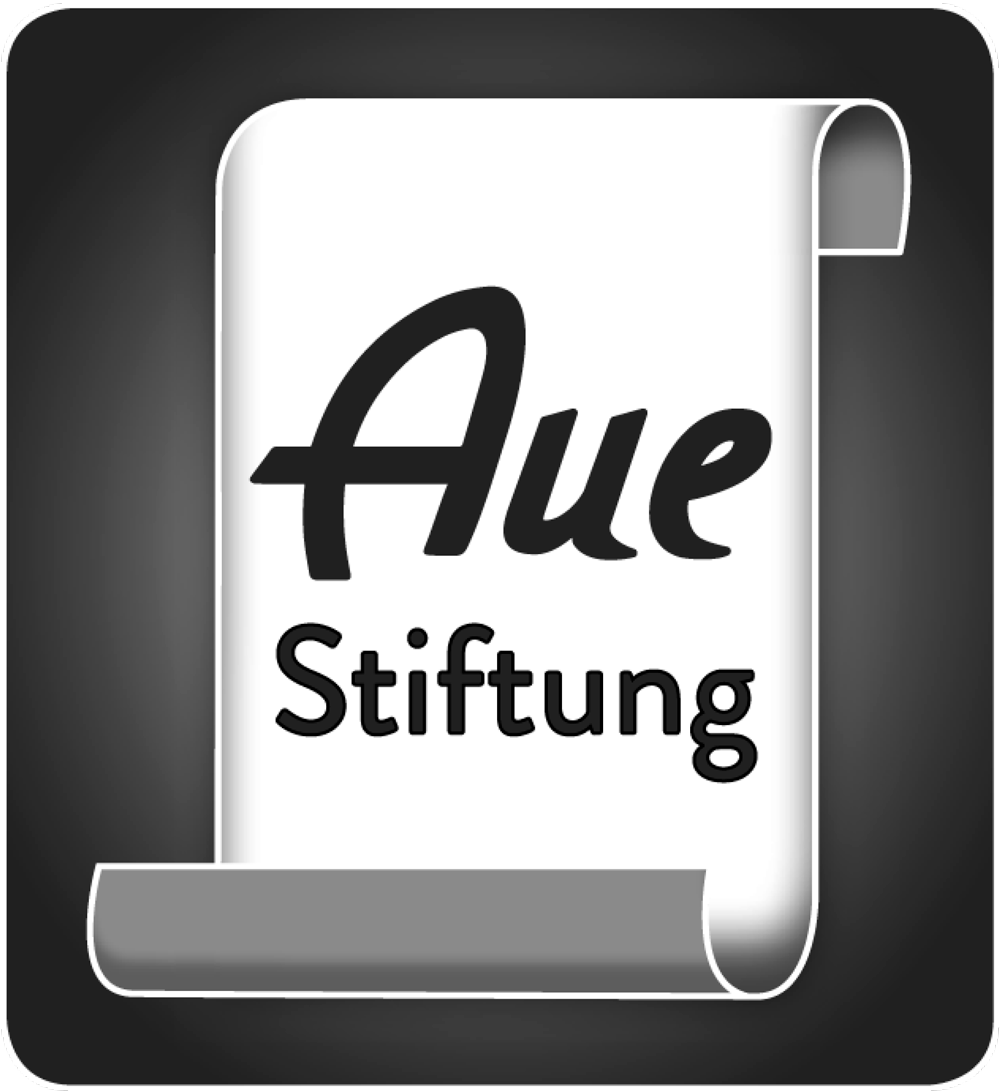This is not a piece of writing about a project. Or at least it is not an ordinary piece of writing about an architecture project for an exhibition. When I was first asked to write for the Frestas website as the show was being put together, I had a feeling I would find it hard to do it. Putting an architecture parti into words seemed to be too little to convey this process that had been underway for quite some time. So I decided to steer away from a plain description of the work conducted and into an account of what I have experienced.
In December 2019, I was invited by Bea, Diane, and Thiago to develop the exhibition design for the Frestas Triennial in Sorocaba. Before making things official, we met one afternoon that month at Ana’s office. The idea was to get to know each other. We talked about my experience designing exhibitions, and they presented their initial ideas for Frestas. As we talked, images came up of a field trip they had conducted for the triennial. I remember they were describing this huge river, and I said assembling an exhibition was somehow like composing a landscape. I recall they were speaking of sinuosity, and I told them I was interested in how bodies would move around the exhibition spaces. In early 2020, I presented a preliminary project plan in which all those issues were materialized as a space situated at one of SESC Sorocaba’s parking lots. I proposed a reasoning for the flooring on which some pieces would lie. It was full of diagonal lines, as I thought of messing with the orthogonal logic of that underground garage, pursuing other ways visitors’ bodies could move around.
Back from Carnaval break, I had made the commitment with SESC to finish the project in a few weeks. But the entire process was suspended in mid-March, when the Covid-19 pandemic brought us to a halt. From that point on, my memories are a little confused about the sequence of events. But I remember talking on the phone with Francine. Maybe it was May. Unsure about the future of the project, we wondered what a visual art exhibition would look like amid a pandemic or after it, which seemed impossible to envision at that point.
Sometime in the second half of 2020, when we still had no answers about the future of the exhibition, virtual actions were conceived for Frestas. Among them, I was invited to create a course for those who are interested in exhibition design. I had previous experience teaching some related courses at the SESC São Paulo chain. The exciting news was that the virtual environment would make it possible for people from all over Brazil to attend it. As an architect who obtained my degree in the northeastern state of Ceará, I know how difficult it is to access opportunities that are mostly available in the southeast region of the country. Travel is often necessary, but this is a reality only a few can afford. I moved to São Paulo in 2005, a chance I had through privilege. I came here because I intended to become closer to practices in architecture that were not well established in my home state. I was looking for things such as scenic design, production design, and exhibition design.
Back to the course, enrollment showed that people from different places were interested in the subject. This provided us with more fruitful exchange during our sessions. My experience as an exhibition designer is mostly in the state of São Paulo. So I am always at risk of making generalizations based on a very specific experience. Listening to Matheusa’s views on exhibition production in Recife, a northeastern city, for example, provided our conversation with interesting friction. It was also a very heterogeneous classroom. There were educators, managers, producers, artists, and some architects. This obviously helped to improve the discussion. The only tricky thing about it was proposing a project exercise—the course had a practical element in which we had to produce an exhibition draft. However, not everyone had a good grasp of graphical representation tools to be able to formulate plans or perspectives. We overcame this obstacle by understanding that drawing is not the only possible way to represent space. As a result of the studio exercise, in addition to more conventional proposals, one of the participants resolved her work in writing. She emulated a floor plan, connecting art pieces and exhibition rooms. Somehow, to me, this resembled dance exercises in which your movement is conducted by someone else. I think we even closed our eyes as we read her piece.
Shortly after the course was over, I was invited, also as part of the virtual actions proposed for that second half of 2020, to take part in the early stages of the study group. The idea was for me to meet the 15 artists of the program and their proposals for Frestas, even though we were still unsure about whether the physical exhibition would actually take place. Over the course of a week, I watched their presentations and spoke twice. The first time, I introduced myself, while the second time I tried to show a little bit about the physical facilities of SESC Sorocaba. For some artists, getting to know the space was key. Before the pandemic, inspecting the site before preparing the exhibition would be enough. But at that point of the health crisis, they were not able to travel to do it. So I was the one informing them about the space, which had to be based on trust. I believe that was when something clicked. If the exhibition were to happen, it would have to be the result of very tight communication between my work and the artists’ propositions. Therefore, we began to develop an intimacy that established the way we were going to work and experience something together from that point on. A few days after the study group was over, Laís added me on WhatsApp. Hi, Laís!
Once Frestas was officially scheduled to open in April, I delivered my project on January 8th, 2021. The original proposal was tweaked a bit. The permeability of the space I had suggested earlier seemed to still make sense in that new context. However, some artists now required enclosed rooms, looking for immersive experiences or total light control. I added five rooms to the project, attached to two side rooms at the parking lot. Each room was designed based on the aspects of each work. We had curves and a diamond-shaped venue. These irregularly shaped rooms were nevertheless part of a regularly shaped skin on the outside, allowing the diagonal lines of the architecture of the center of it to exist on their own.
Second wave, postponed again, separation, hell.
I think we resumed our conversations about Frestas in May. The new opening date was set for August. Once the company that would assemble the exhibition was defined, I met with Jaime to talk about making minor adjustments, as some of the works had naturally changed after so much time. Assembly started in July, and I basically moved to Sorocaba. It was lonely at first, because not even the art technicians were sleeping there. A relief was a dinner with Camila, when I was able to visit her place for the first time and get to know a different part of town. In August, things changed radically. As all the teams arrived, I finally met people I had only seen on the screen. The amount of commissioned works set the tone for the installation phase. I had to change the implementation designs several times to solve previously undetected issues or to highlight aspects of the previously unknown pieces that were popping out of the boxes. The trust we had built through the study group allowed this play. Evidently, everything required a lot of negotiation and feelings of doubt. But we were there, together, deciding what was best for each one without losing sight of the project as a whole. Frestas opened on August 21st, 2021.
It was not until November that I got back to visit the exhibition again. First, with a group of friends who wanted to visit it with me. We spent the afternoon, and it is always interesting to move away from a project and then come back again some time later. Other meanings emerge and some disappointments soften. A few days after this reunion, I visited Sorocaba again. I asked to speak with the two education program teams. This seems like a good way to close this piece, sharing this exchange. The school visit cycle had not yet started. So we talked freely about what was like to remain in and mediate that space. We addressed how visitors were perceiving the flooring created to receive the artwork. They pointed out the pieces that seemed to be eclipsed on the pathways visitors chose to take more often and showed me playful mediation techniques through dancing. I was reproached for the harsh furniture finishes. We shared the desire to roller skate across the exhibition space. Of all the comments, one hit hard. Maybe it was Erick’s. He told me the space allowed educators to keep visual contact with each other. Even though they were scattered around it, the team was able to maintain a relationship and the feeling of mutual care. This kind of choreography interests me.
My love to all the teams.
Tiago Guimarães
São Paulo, December 3rd, 2021.





